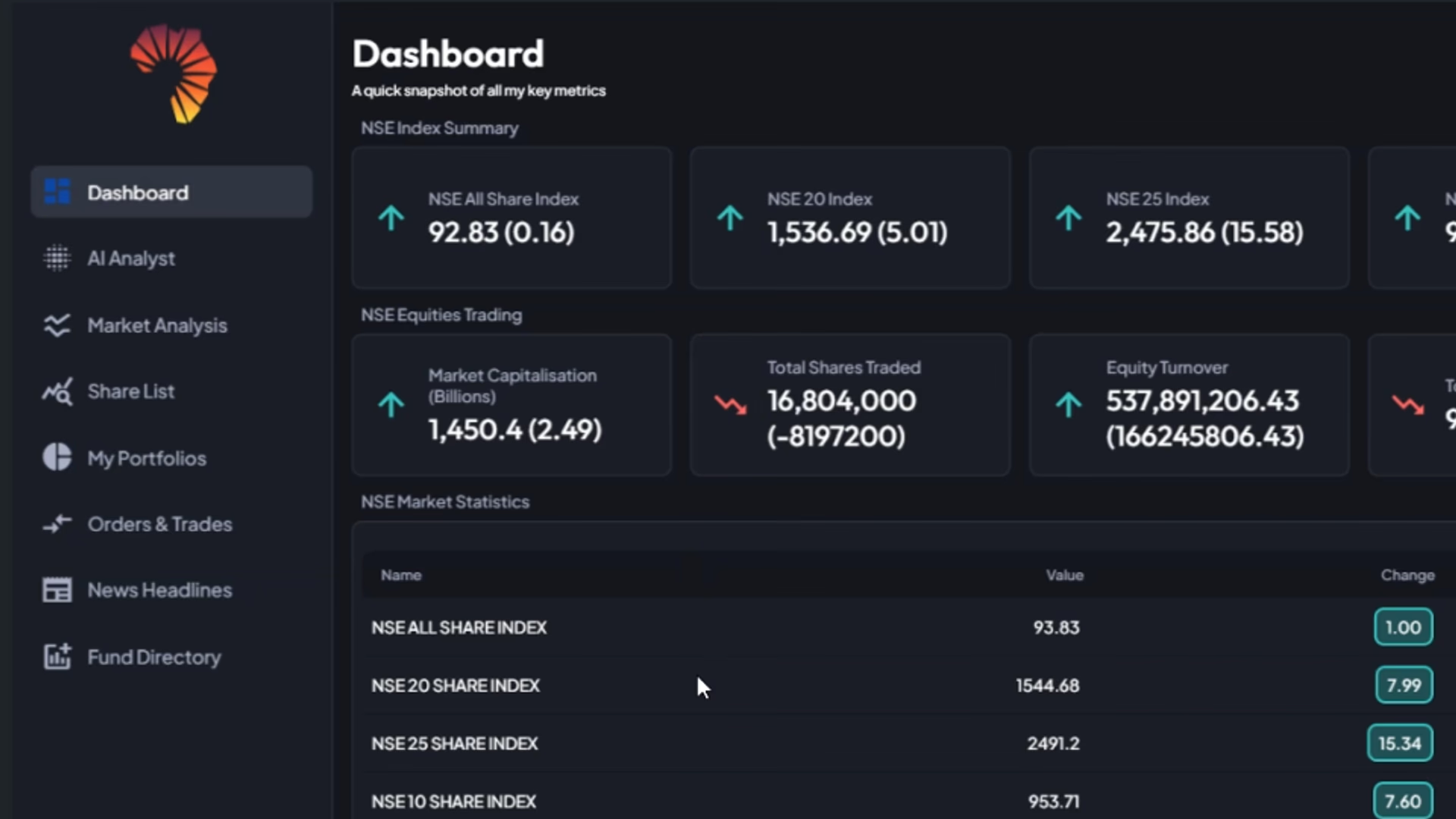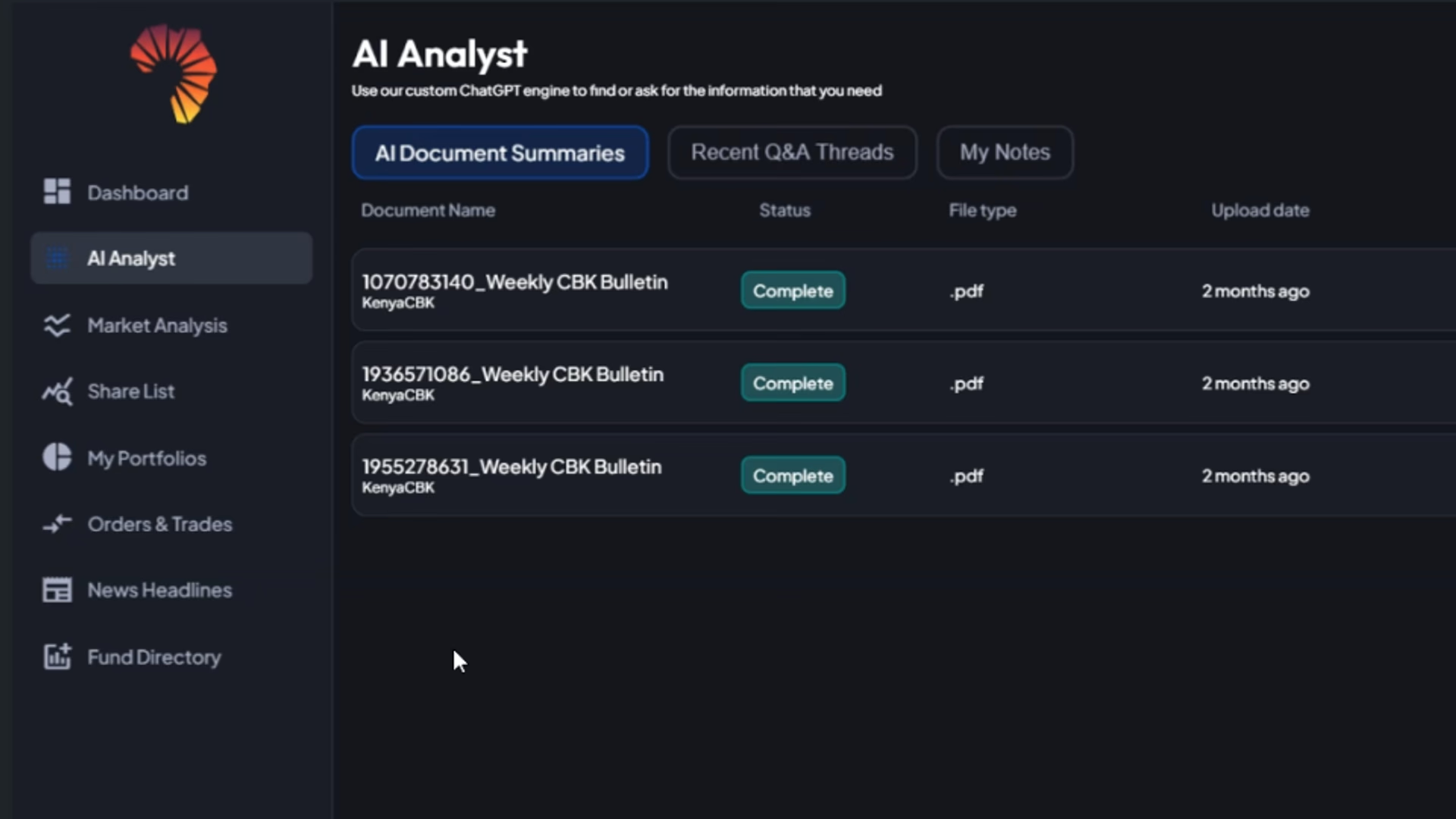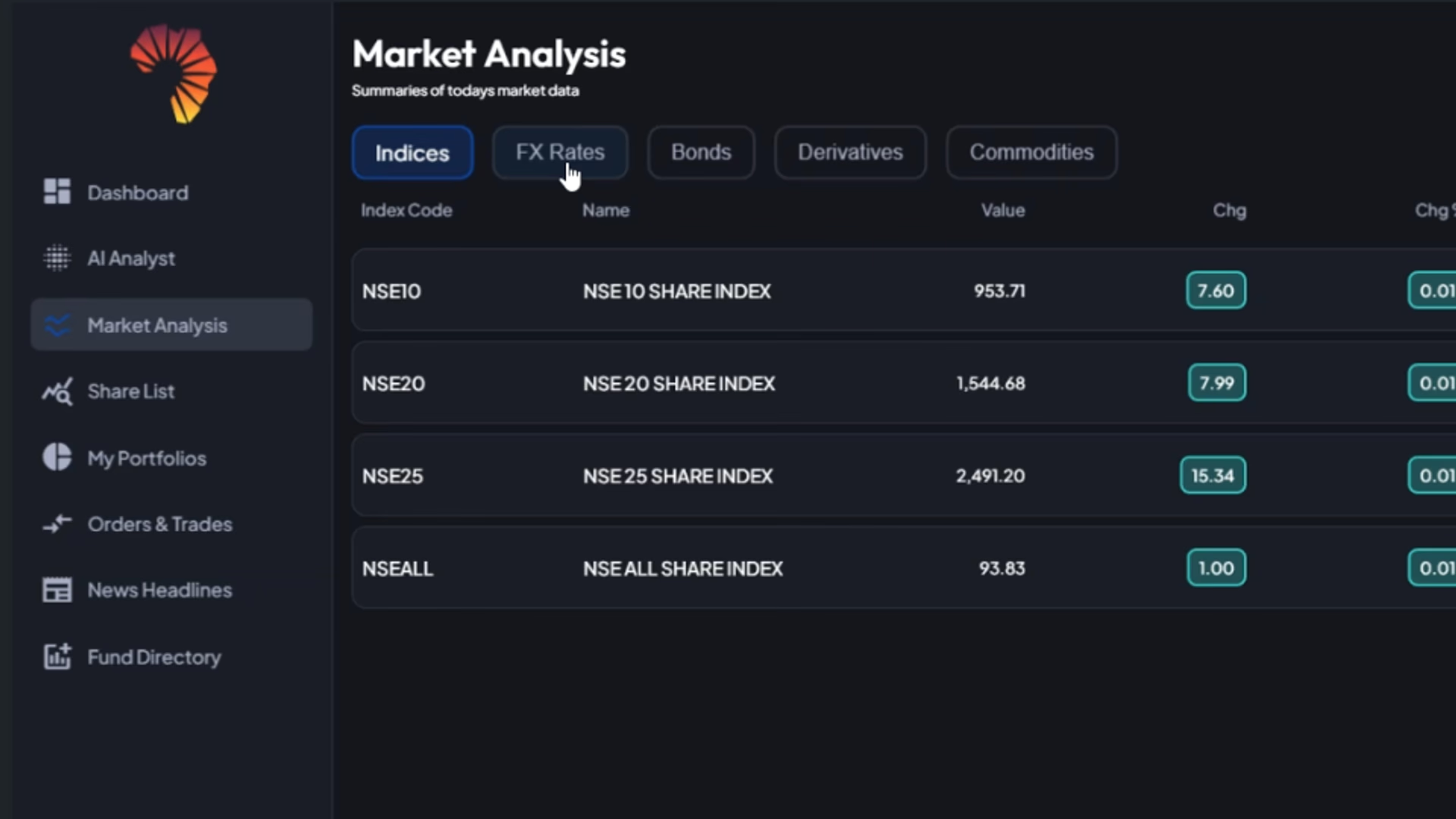Traditional bank usage increased in 2024 in a year when mobile banking declined across all demographics, the 2024 FinAccess Household Survey shows.
- •The increase in usage of traditional bank services reflects in increasing bank networks, government social transfers, and investment in government securities.
- •14.1 million adults rely on banking channels or services to manage their finances, with commercial banks, accounting for over 98.8% of users, while microfinance banks account 1.2%.
“Traditional banking saw slight increases, particularly among older adults age group (55+), whose usage grew from 25% to 32.1% likely due to the Government’s cash transfer programme. These trends highlight a shift where younger, urban users favor use of mobile bank, while older and rural populations rely on traditional methods,” survey says.
“Mobile bank declined slightly from 34.4% in 2021 to 31.2% in 2024, with urban usage at 45.5% and rural adoption rising to 23%. While mobile bank has reduced barriers for women, the gender gap persists at 7.8%, reflecting ongoing challenges in digital inclusion.”
Bank branches remain the most common banking access point (52.8%), with women slightly preferring physical interactions-53.3% against 52.5% for men.
The survey also shows that mobile banking apps are popular, especially among urban residents (48.2%), but a gender gap persists, with 41.4% of men using apps compared to 34.3% of women, reflecting a digital gender divide. Women favor agent-based services (21.5%) more than men (18.4 percent), indicating a preference for decentralized channels.
Rural users rely more on bank branches (58.4%), while urban users favor mobile banking (48.2%).
Other common channels include bank agents (19.7 percent), paybill services (19.5%), and online banking (3.7%). Less used channels include Others (include Pesalink, Bank transfers excl. pesalink (e.g. RTGS, EFT), PSPs (pesapal, Jambo pay, pesapay etc)
The 2024 FinAccess Household Survey, the seventh in its series, offers a comprehensive analysis of Kenya’s financial inclusion landscape. Conducted by the Central Bank of Kenya, Kenya National Bureau of Statistics, and Financial Sector Deepening Trust Kenya, this report highlights significant strides in financial access, usage, quality, and impact.
Key findings reveal an increase in formal financial access to 84.8%, driven by digital innovations and regulatory reforms. The survey also addresses emerging issues such as sustainable finance, financial health, and inclusion for persons with disabilities. Despite progress, challenges like financial exclusion among rural youth and consumer protection concerns persist.





